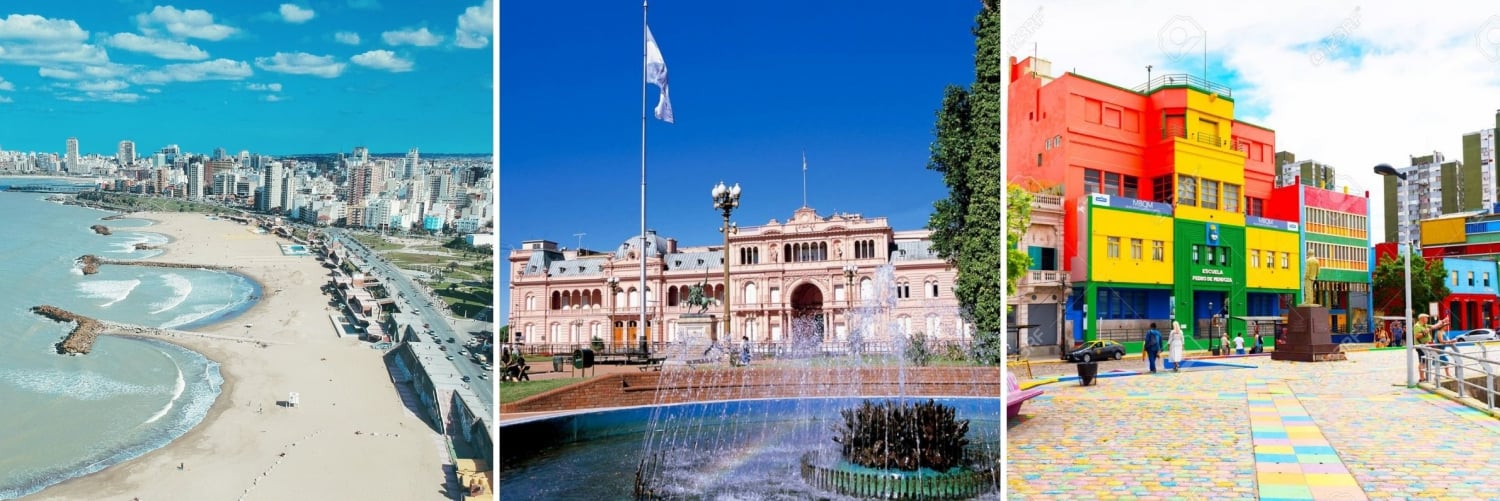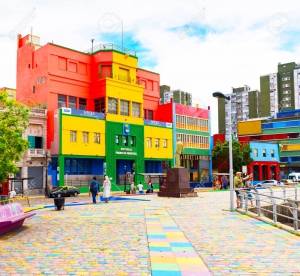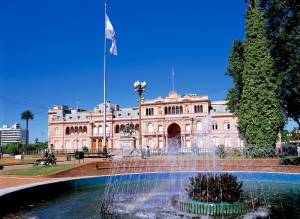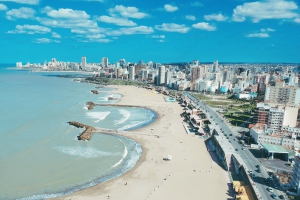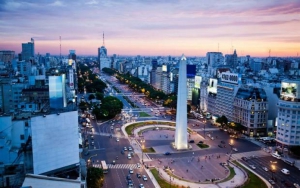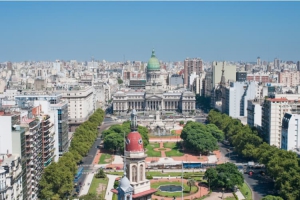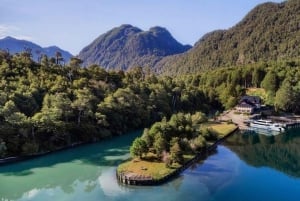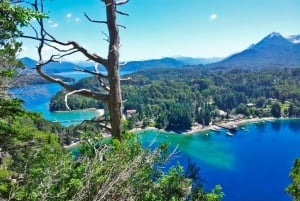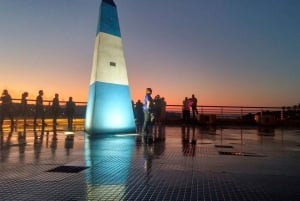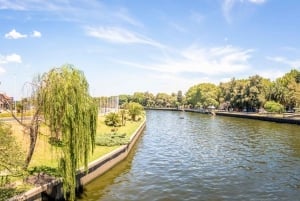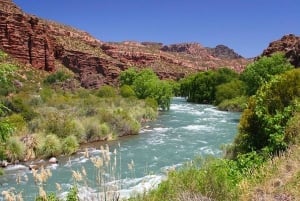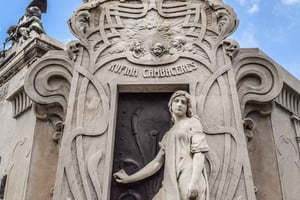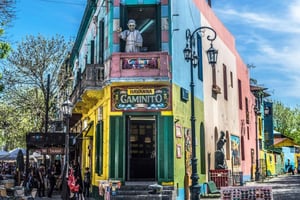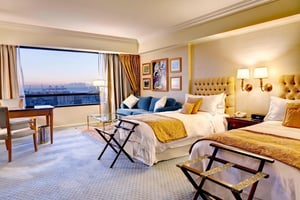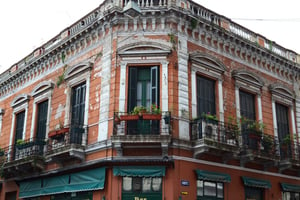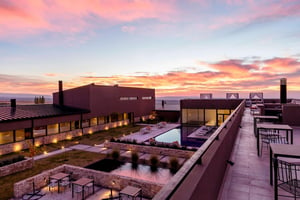City of Buenos Aires
... that caresses the right bank of the widest river in the world, generating an estuary that has invited people from all times to enter it.
Originally a flat, treeless territory occupied by brave, warlike aboriginal groups that appeared and dispersed at great speed across the vast pampas. It was Juan Díaz de Solís who first tried some names for these places, calling the estuary of the River Plate Mar Dulce.
It was founded twice, the first time by Don Pedro de Mendoza in 1536 and the second by Juan de Garay in 1580. The colonizers set up a typical Spanish checkerboard in the city and distributed the land among the first founders.
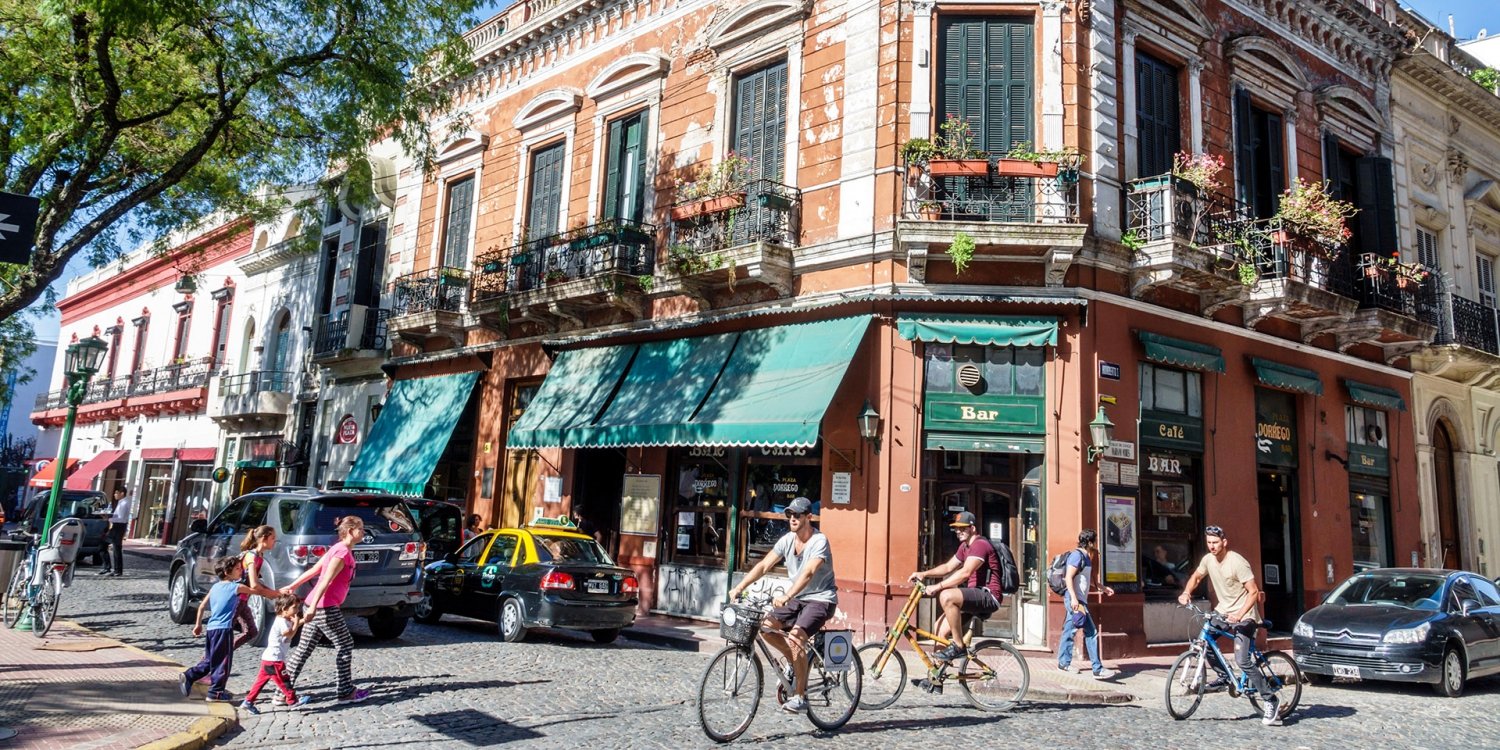
It was a blessed land, where no European had to break plows because of the softness of the soil, lacking in rocks (which is not the case in all the Spanish territory), any crop prospered in vegetative cycles protected by long summers and lands that also had a privileged rainfall regime.
The small town was transformed into a village and later gave rise to a thriving city which, in the 18th century, became the capital of the Viceroyalty of the River Plate. On May 25, 1810, cries of freedom were heard, the independence of the territory was very close in time.
General San Martín fought to achieve it, but he had in his heart the idea of a united America, which due to particular selfishness and territorial festering could not be achieved.
It did not take long for Buenos Aires to make its hegemony, its emergence into the ocean, and the thoughts of the most illustrious men of the republic to be felt.
All this caused him many problems with the rest of the provinces, which, under the protection of almost feudal lords, soon rebelled against the city-port.

Its general physiognomy changed due to the massive arrival of almost millions of Europeans who arrived in enormous ships that never had as much work as in the last decades of the 19th century.
The streets were filled with Spanish, Italian, French, and many other merchants who, attracted by the strength of its history, began a new life in this promised land.
Many hands were needed for this work... the task of building a country...
And so it all began with the port and the city on its shores.
The adobe was replaced by bricks, thousands of kilns sprang up around the city, the designs of the buildings were monumental, almost exact replicas of the French and Italian styles that were being revived in Europe.
The city-center had defined the meaning of the new nation.
All the roads reached Buenos Aires, its grains for export arrived at the port, the railways were laid in record time, the village had become a great city.
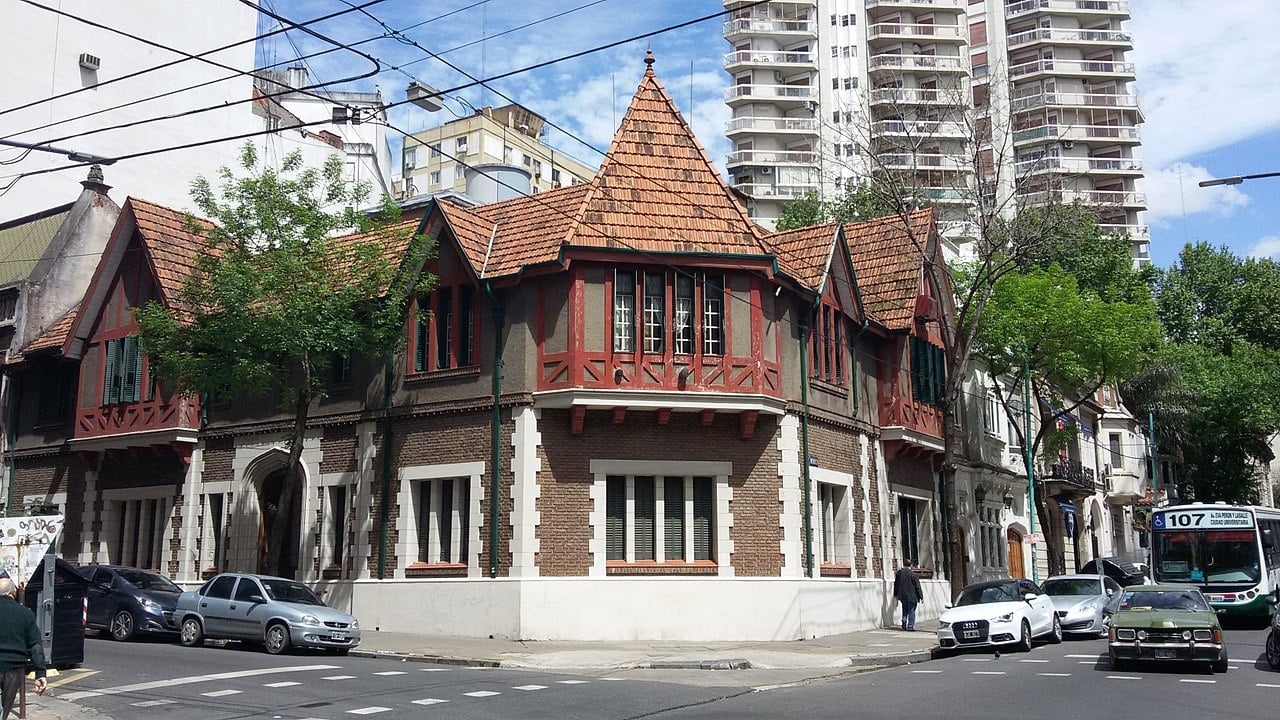
The number of inhabitants, the installation of shops, the average consumption of the porteños, the number of cars, the rate of traffic accidents, the standard of living, and the construction of buildings all increased.
A city of light that impacts on a first visit, a city that made tango its own, that recovered its streets and cuts, that invites you to walk it, to feel it step by step... a good camera is a must to capture the detail that in the rush we usually miss.
- BARRIO DE LA BOCA: If there is a picturesque neighborhood within the city of Buenos Aires, it is La Boca. Caminito Street, known worldwide, the Bombonera stadium, its conventions, the tango, and the colors that characterize the neighborhood are some of the many attractions it has to offer.
- BARRIO DE SAN TELMO: This particular area of Buenos Aires has the oldest buildings from the 19th century and was the residence of the most important families.
- Streets and paved passages, sale of antique articles, San Telmo market, canteens, and conventions can be visited during our stay in San Telmo.
- MONSERRAT NEIGHBORHOOD: The starting point of the capital, from which its main square began to emerge, is included in the Monserrat Neighbourhood. We will visit: the Plaza de Mayo, the Cabildo, the Casa Rosada, the Metropolitan Cathedral, and the famous Manzana de las Luces, among many other attractions.
- AVENIDA DE MAYO: Avenida de Mayo was the first boulevard created in the City of Buenos Aires. Today, it is a little bit longer than a kilometer (10 blocks) and we can walk along with it or go underground (line A).
- AVENIDA CORRIENTES: It is the most typical street in the City of Buenos Aires.
- To talk about Corrientes is to feel tango, theatres, cinemas, restaurants, and grills... it is, perhaps, the artery with which the Porteños most identify themselves.
- PUERTO MADERO: A relatively new project that began to take shape in the 90s and today has its maximum economic growth. Nice offices, select floors, and impressive premises that were occupied by companies, restaurants, cafeterias, cinema complexes, important educational institutions, and even a floating casino.
- RETIRO: One of the most important places in the city of Buenos Aires. The terminal of 3 railway lines and a complex system of buses that connects the Capital with the country.
- RECOLETA: It is one of the most traditional neighborhoods in Buenos Aires, which Juan de Garay called "de las Ombúes" due to the abundance of this giant grass that appears in this territory. The neighborhood where art, nature, design, and history are combined.
- PALERMO: In Palermo, we can find a corner for every person, a business for every need, and an area for every hour of the day... Palermo was started by the history of our country and is shaped by the taste of those who visit it every day.
- BELGRANO: One of the busiest neighborhoods in the city because of its important commercial street headed by Cabildo Avenue and Juramente, the Barrancas de Belgrano, the River court and the famous Barrio Chino.


